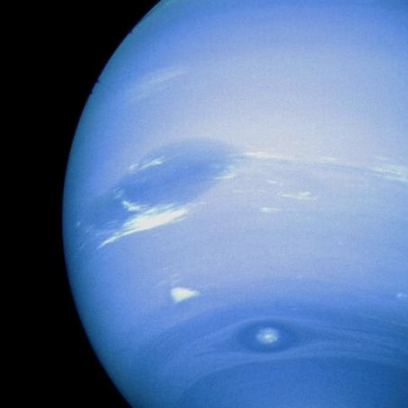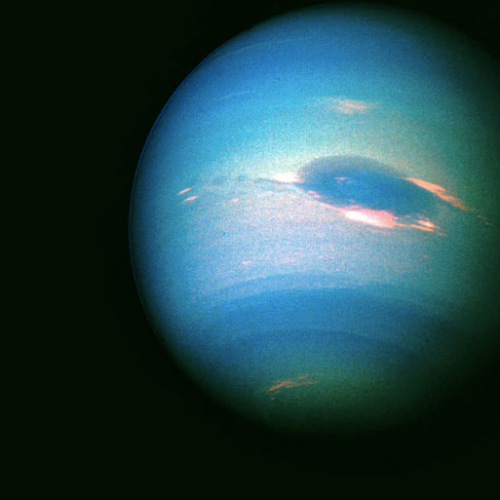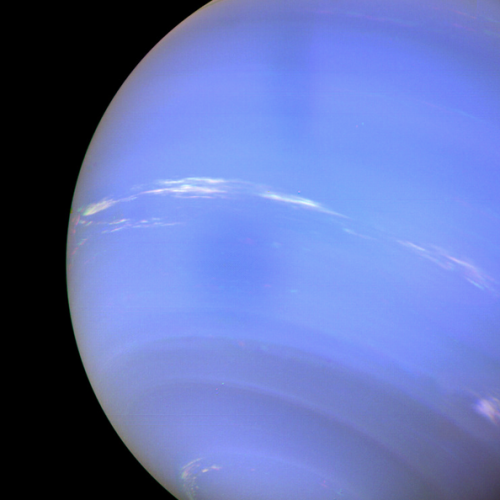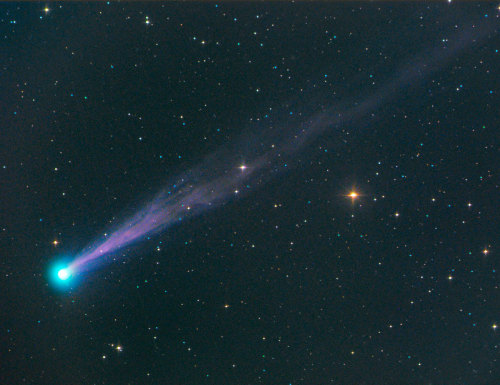That’s How I Want The World To End
That’s how I want the world to end
better than us all getting killed by a pandemic or a nuke
WANT MORE? GET YOUR HEAD STUCK IN THE STARS AT MY BLOG!

On November 12, 1833, there was such an intense meteor shower that it was possible to see up to 100,000 meteors crossing the sky every hour. At the time, many thought it was the end of the world, so much that inspired this wood engraving by Adolf Vollmy.
More Posts from Acosmicgeek and Others
This is why I’m so excited for the supernova chapter ehehe
It’s so amazing that this little dot growing a bit but still being little is a supernova!
WANT MORE? GET YOUR HEAD STUCK IN THE STARS AT MY BLOG!

This is the galaxy Messier 85! 🌌🌌🌌
Just last month, scientists found a supernova taking place! The event is named SN 2020nlb and has been continuously getting brighter. It is classified as a Type Ia supernova, which results from a white dwarf exploding within a binary star system. The brightness of this supernova can be used to calculate the distance to the galaxy! 🤩🤩🤩
Taken by me (Michelle Park) using the Slooh Canary Two telescope.
Aw, now that’s a smart kitty
Also - what’s the meaning of life and death - good question. Cat please explain lol
WANT MORE? GET YOUR HEAD STUCK IN THE STARS AT MY BLOG!

Upvote me so that I can post on r/science too.

So I just finished re-watching Crash Course Astronomy - and I didn’t know that Phil had a blog :OOOOOOOO
Welp I know what my next read is gonna be
WANT MORE? GET YOUR HEAD STUCK IN THE STARS AT MY BLOG!
I was researching nebulae for my next article and I wanted to share some images for you guys :)
Nebula are some of the most beautiful things in space. We mostly focused on galaxies and the stars within them, but we forget that in-between galaxies exists the interstellar medium. This is where the nebulae live.
Hope you enjoyed!
WANT MORE? GET YOUR HEAD STUCK IN THE STARS AT MY BLOG!
Neptune!
Mercury will always be my favorite planet (closest to the Sun, underappreciated, proved Einstein’s general relativity, among other things) but I think Neptune’s the most beautiful. Look at that hue!
WANT MORE? GET YOUR HEAD STUCK IN THE STARS AT MY BLOG!






neptune.
Poor, poor moon :(
WANT MORE? GET YOUR HEAD STUCK IN THE STARS AT MY BLOG!

“boy, girl, time for dinner!”
My favorite YouTube video as of now (I know this doesn’t seem like it’s related to space - but it has a nice discussion about black holes and hawking radiation, which is I love it so much)
Remember kids: be cautious of bouncy castles!
WANT MORE? GET YOUR HEAD STUCK IN THE STARS AT MY BLOG!
Honestly I don’t really understand why they didn’t call the APOLLO missions the ARTEMIS missions! Artemis is the greek goddess of the moon, not Apollo xD
Dat rocket does look cool though. I prefer posting about astrophysics, but I’m having a lazy day and rockets are easy to find and cool to look at. Apologies for anyone expecting another post on stars or memes.
WANT MORE? GET YOUR HEAD STUCK IN THE STARS AT MY BLOG!

NASA Attaches First of 4 RS-25 Engines to Artemis I Rocket Stage : Engineers and technicians at NASA’s Michoud Assembly Facility in New Orleans have structurally mated the first of four RS-25 engines to the core stage for NASA’s Space Launch System (SLS) rocket that will help power the first Artemis mission to the Moon. (via NASA)
You’re lying - those are way cooler than dumb fireworks!
I really don’t like fireworks. They’re environmentally damaging, loud, and they hide the stars!
So yeah, July 4th wasn’t too happy for me.
WANT MORE? GET YOUR HEAD STUCK IN THE STARS AT MY BLOG!

A camera on the Vosges mountains in France captured these surprising “fireworks” above the horizon. Generated over intense thunderstorms, these brief and mysterious flashes have come to be known as red sprites. The transient luminous events are caused by electrical breakdown at altitudes of 50 to 100 kilometers. That puts them in the mesophere, the coldest layer of planet Earth's atmosphere. The glow beneath the sprites is from lightening under the clouds.
On the right, the video frames have captured another summertime apparition from the mesophere. The silvery veins of light are polar mesospheric clouds. Also known as noctilucent or night shining clouds, the icy clouds still reflect the sunlight when the Sun is below the horizon. Image Credit & Copyright: Stephane Vetter (TWAN, Nuits sacrees)
-
 redashe reblogged this · 1 year ago
redashe reblogged this · 1 year ago -
 naucler reblogged this · 1 year ago
naucler reblogged this · 1 year ago -
 martotelutu liked this · 1 year ago
martotelutu liked this · 1 year ago -
 abatonandouro reblogged this · 1 year ago
abatonandouro reblogged this · 1 year ago -
 etrnalrebirth liked this · 2 years ago
etrnalrebirth liked this · 2 years ago -
 the-lost-alchemist reblogged this · 3 years ago
the-lost-alchemist reblogged this · 3 years ago -
 random-amusement reblogged this · 3 years ago
random-amusement reblogged this · 3 years ago -
 christabelq liked this · 3 years ago
christabelq liked this · 3 years ago -
 check-at-every-feather reblogged this · 3 years ago
check-at-every-feather reblogged this · 3 years ago -
 starlitexpress reblogged this · 3 years ago
starlitexpress reblogged this · 3 years ago -
 mayaafroz28 liked this · 3 years ago
mayaafroz28 liked this · 3 years ago -
 canticoaturdido reblogged this · 3 years ago
canticoaturdido reblogged this · 3 years ago -
 cranky-banana-pants liked this · 3 years ago
cranky-banana-pants liked this · 3 years ago -
 jennyfair7 liked this · 3 years ago
jennyfair7 liked this · 3 years ago -
 kwat01 reblogged this · 3 years ago
kwat01 reblogged this · 3 years ago -
 stubbornhappybastardous liked this · 3 years ago
stubbornhappybastardous liked this · 3 years ago -
 remy-labelle-purple reblogged this · 3 years ago
remy-labelle-purple reblogged this · 3 years ago -
 volumes-and-vines liked this · 3 years ago
volumes-and-vines liked this · 3 years ago -
 someprouphet liked this · 3 years ago
someprouphet liked this · 3 years ago -
 vividfragments liked this · 3 years ago
vividfragments liked this · 3 years ago -
 cosycardigan reblogged this · 3 years ago
cosycardigan reblogged this · 3 years ago -
 oldghostly reblogged this · 3 years ago
oldghostly reblogged this · 3 years ago -
 kwat01 liked this · 3 years ago
kwat01 liked this · 3 years ago -
 nillacol liked this · 3 years ago
nillacol liked this · 3 years ago -
 vartoc reblogged this · 3 years ago
vartoc reblogged this · 3 years ago -
 virivian liked this · 4 years ago
virivian liked this · 4 years ago -
 cosmi-latte liked this · 4 years ago
cosmi-latte liked this · 4 years ago -
 thesnakesstuff reblogged this · 4 years ago
thesnakesstuff reblogged this · 4 years ago -
 foejoe liked this · 4 years ago
foejoe liked this · 4 years ago -
 ahumoki0 liked this · 4 years ago
ahumoki0 liked this · 4 years ago -
 blamemeforgoodideas liked this · 4 years ago
blamemeforgoodideas liked this · 4 years ago -
 merumello reblogged this · 4 years ago
merumello reblogged this · 4 years ago -
 jkl-fff liked this · 4 years ago
jkl-fff liked this · 4 years ago -
 buttbuttbadoo reblogged this · 4 years ago
buttbuttbadoo reblogged this · 4 years ago -
 super-star50 reblogged this · 4 years ago
super-star50 reblogged this · 4 years ago -
 ohnoatla liked this · 4 years ago
ohnoatla liked this · 4 years ago -
 wowbitchymuch liked this · 4 years ago
wowbitchymuch liked this · 4 years ago -
 astra-philomel liked this · 4 years ago
astra-philomel liked this · 4 years ago -
 lilmisstron liked this · 4 years ago
lilmisstron liked this · 4 years ago -
 fallenh reblogged this · 4 years ago
fallenh reblogged this · 4 years ago

